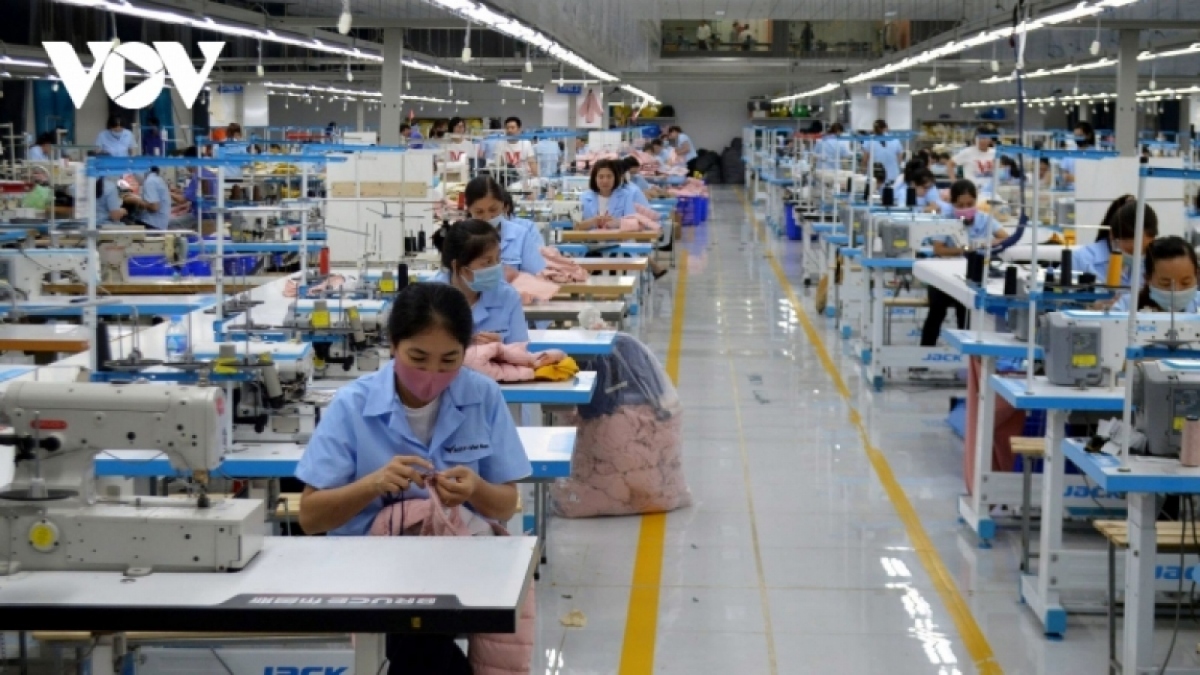Textile and garment exports projected to grow by up to 10% amid abundant orders
VOV.VN - With export earnings of more than US$16 billion, garments and textiles are one of the leading industries for export turnover in the nation, with most firms securing signed export orders by the end of the fourth quarter of this year and even until the first quarter of next year.
The majority of garment companies of the Vietnam Textile and Garment Group have enough orders until the end of the year and are currently negotiating orders for early 2025. The first half of this year saw apparel exports fetch roughly US$16 billion, marking an increase of US$3.1 billion compared to the same period from last year.
Cao Huu Hieu, general director of the Vietnam Textile Group (Vinatex), commented that this year's textile and garment picture has brighter prospects compared to 2023. However, unit prices generally remain low as many product codes dropped by 20% and some product codes were even reduced by up to 50% compared to the pre-COVID epidemic period as a new price level has been established since 2023.
"Despite facing unpredictable market developments, especially geopolitical conflicts in many regions, based on the available results, order signals of the garment, yarn, textile and dyeing industries, the export turnover of Vietnam's textile and garment industry is expected to increase by 8% to 10% compared to 2023. With positive signs of growth in the first half of the year, production and business results will be better in the final months of the year,” Hieu said.
Currently, many Vietnamese textile and garment enterprises have proactively improved production capacity, skills, and shifted production from only processing to autonomy in raw material sources, self-design, and completion of products.
Enterprises tend to make the most of opportunities from markets, identifying products with difficult techniques instead of cheap, difficult-to-competitive popular products.
They also regularly monitor, update, and forecast market information; develop potential scenarios; and devise appropriate plans specifically for production and business activities.
According to details given by Vu Duc Giang, chairman of the Vietnam Textile and Apparel Association (Vitas), to participate in the supply chain, textile and garment enterprises need to change production strategies through process improvement, machinery and equipment innovation, technology application, and automation of production stages.
Apart from cutting costs and production time, local businesses must also focus on choosing environmentally friendly and recyclable materials in line with the circular economy trend.
In particular, greening and sustainable development can be viewed as competitive criteria that major markets such as the United States, the EU, and Japan all require from suppliers. This is in addition to price factor, product quality, and delivery time.


